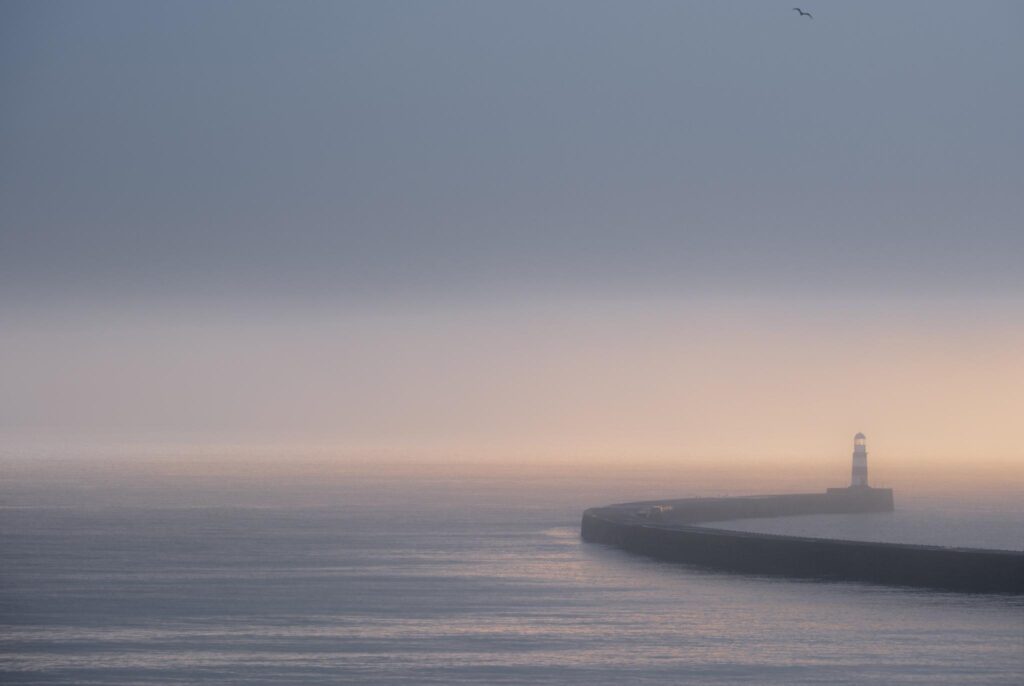To many (probably most) photographers, composition reigns supreme when it comes to the most important component of a good photograph. Of course, individual stylistic choices should always be considered, but the general consensus is that composition is often the make or break factor.
All the talk about composition — its importance, its varied and sometimes complicated iterations — can be intimidating for beginner photographers (and maybe even some not-so-new photographers). But learning how to place a subject in the frame for maximum visual impact will do wonders for your photography.
Here are 4 simple yet effective techniques that will help you improve your photographic composition skills and give you the confidence you need to expand your creative boundaries.
Don’t Get Stuck In The Middle (The Rule of Thirds)
I’m quite sure everyone does it when starting out in photography: place the subject dead center of the frame. Yes, there are times when this approach works wonderfully, but not all the time and not for every subject.
Centering everything all the time gets boring. You can add a bit of dynamism to your shots by simply moving your camera in such a way that places your subject in or along the upper, lower, left or right third of the frame.
This is the rule of thirds and it allows you to create balance and depth in a scene.
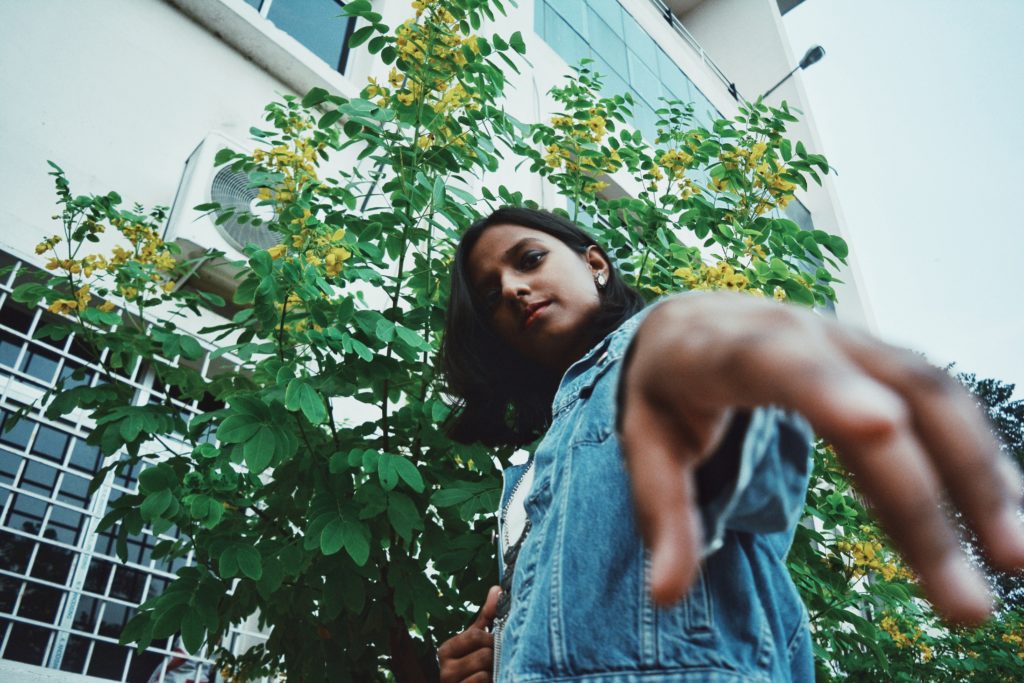
Get In Line with Leading Lines
Whether literal or abstract, lines are everywhere. Use them. From telephone wires to roads, walls to fences, shorelines to sun rays, use lines to draw the viewer’s eye to your intended point of interest.
This composition technique, referred to as leading lines, helps you create depth and perspective and serves as something of a visual map for the viewer.
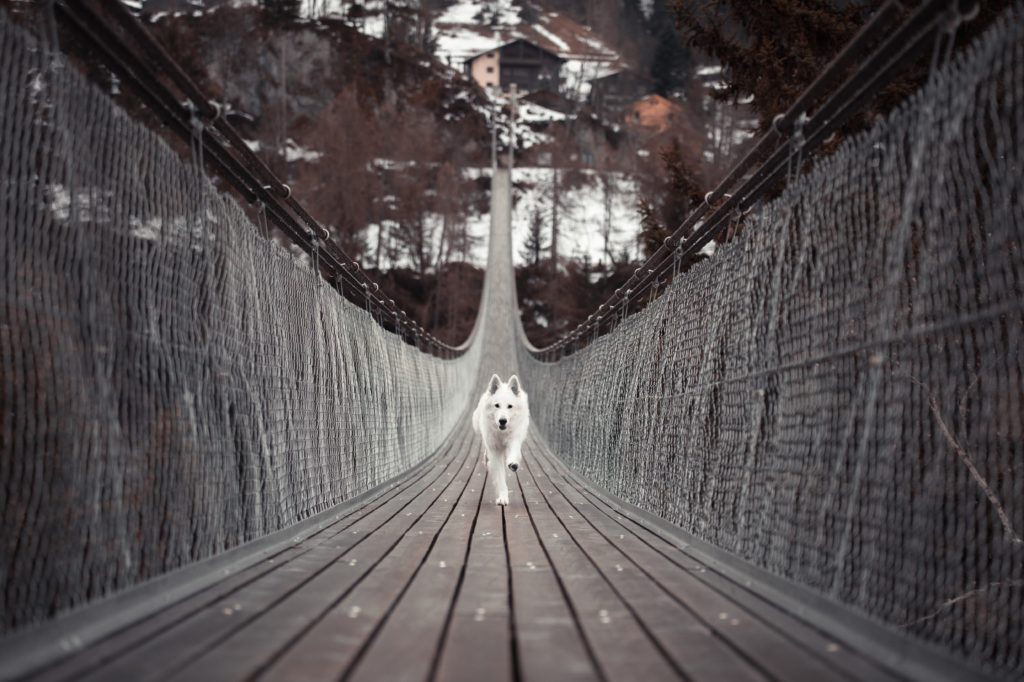
Look in Front With Foreground Interest
Often a strong composition will be determined what what you place in the frame around your center of interest.
A great way to enhance that is by looking for an interesting foreground. Often this is know as foreground interest.
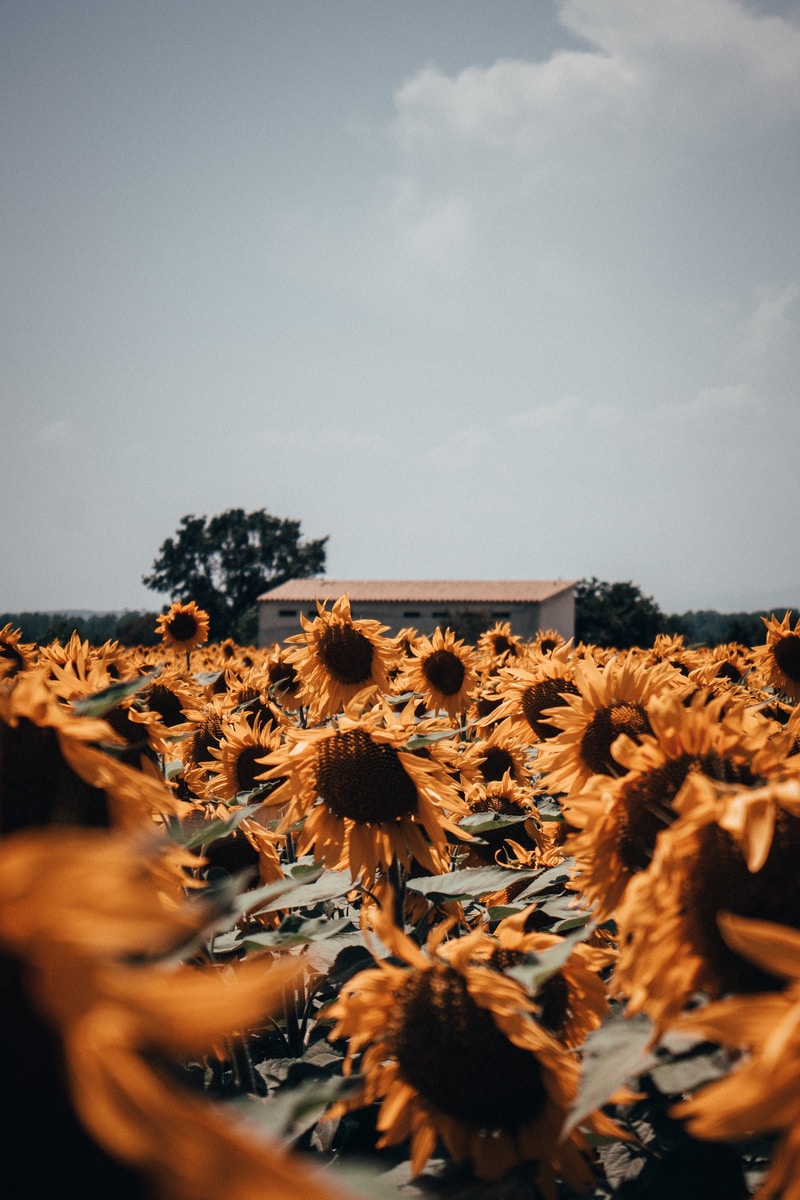
Play To Your Strengths
If you regularly use a cell phone for photography, it’s likely you default to portrait orientation to take all your shots. It feels natural; the shape of the phone sort of lends itself to shooting that way.
If you’re accustomed to shooting with a DSLR or mirrorless camera, horizontal orientation may be your preferred manner of shooting.
To be sure, there aren’t different “rules” that apply separately to horizontal and portrait orientations, but you sometimes have to apply the rules in different ways.
While some might argue that it’s easier to learn composition with the camera in horizontal position, I think the prevalence of mobile devices being used as cameras has somewhat shifted that paradigm.
If using a cell phone has normalized shooting in portrait orientation for you, then carry those concepts over whenever you use a dedicated camera body. Similarly, you should apply your knowledge of horizontal compositional methods when using a cell phone.
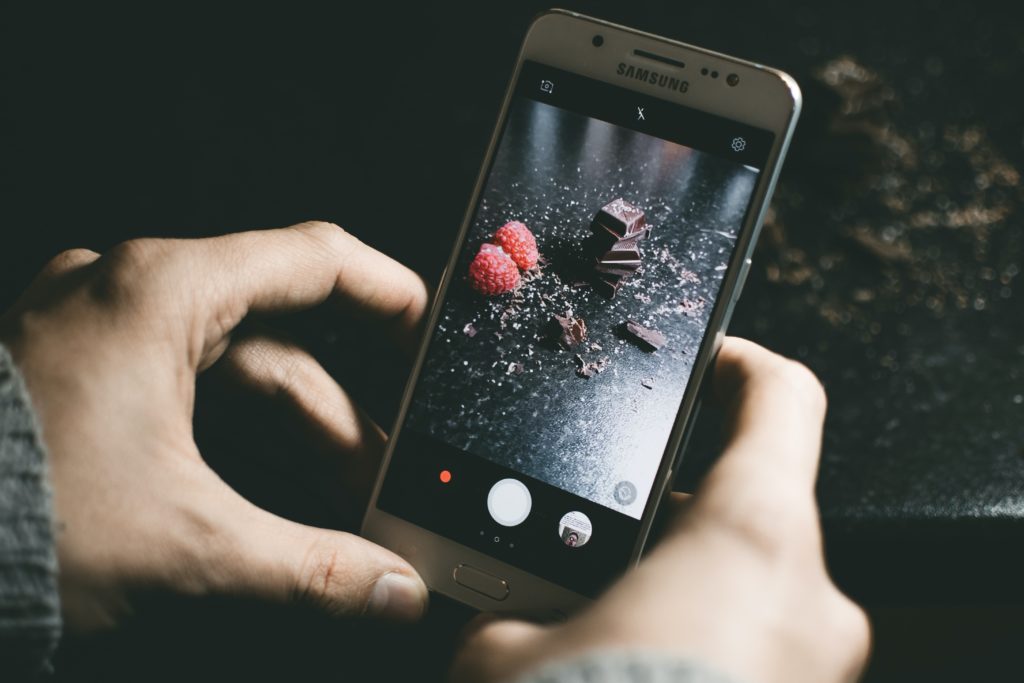
Experiment
It is indeed possible to play fast and loose with these compositional guidelines and still create powerful imagery. First, however, you’ll want to get a solid grasp on the basics in order to build a strong foundation for your creative vision.
After that, it’s game on. Try new things, make tweaks to techniques you’ve already learned, combine multiple styles.
Don’t underestimate the value of trial and error as a learning tool.

Further Composition Rules and Guidelines
Final Thoughts
There’s a lot to learn about composition and it’s not something you’re going to master quickly. In fact, you may spend the rest of your life seeking mastery of various composition guidelines.
Don’t let this stress you out; rather, know that you’ll always have something new to learn.
Above all, have fun.

